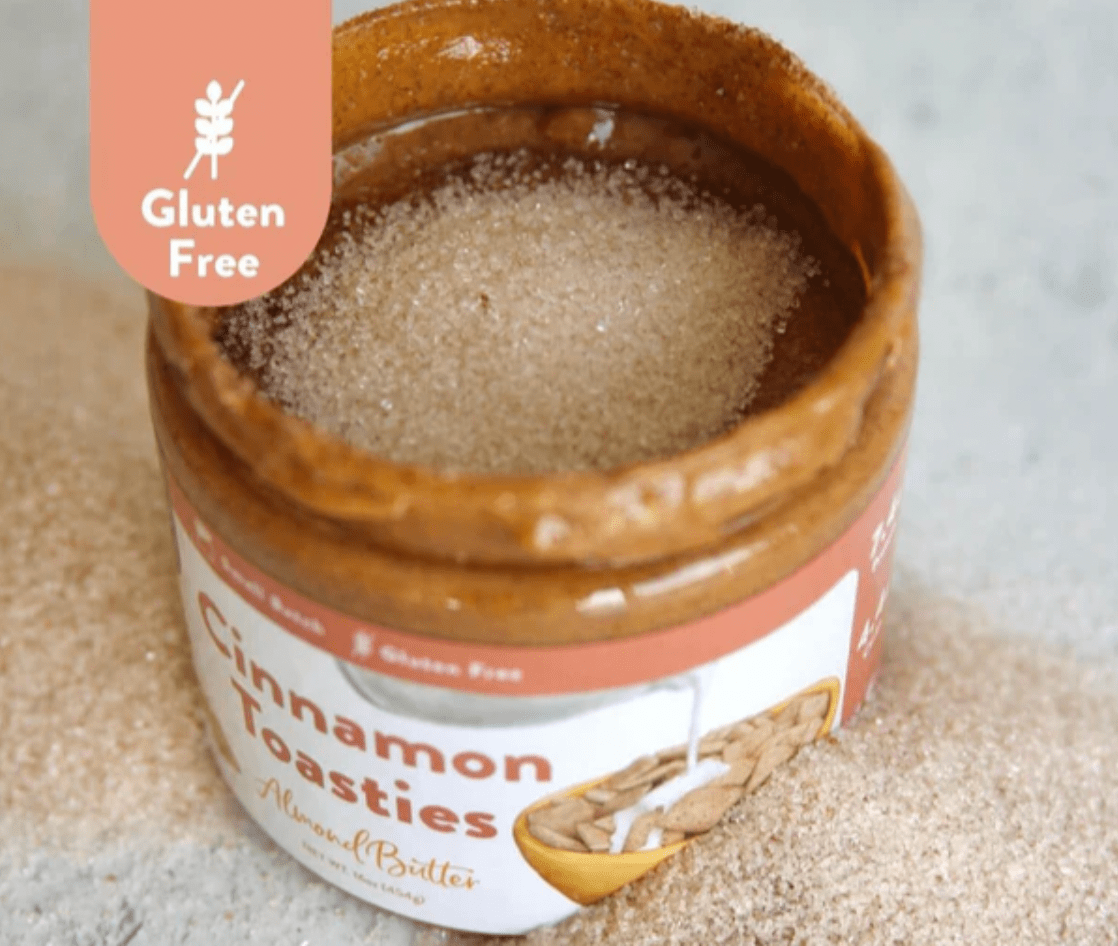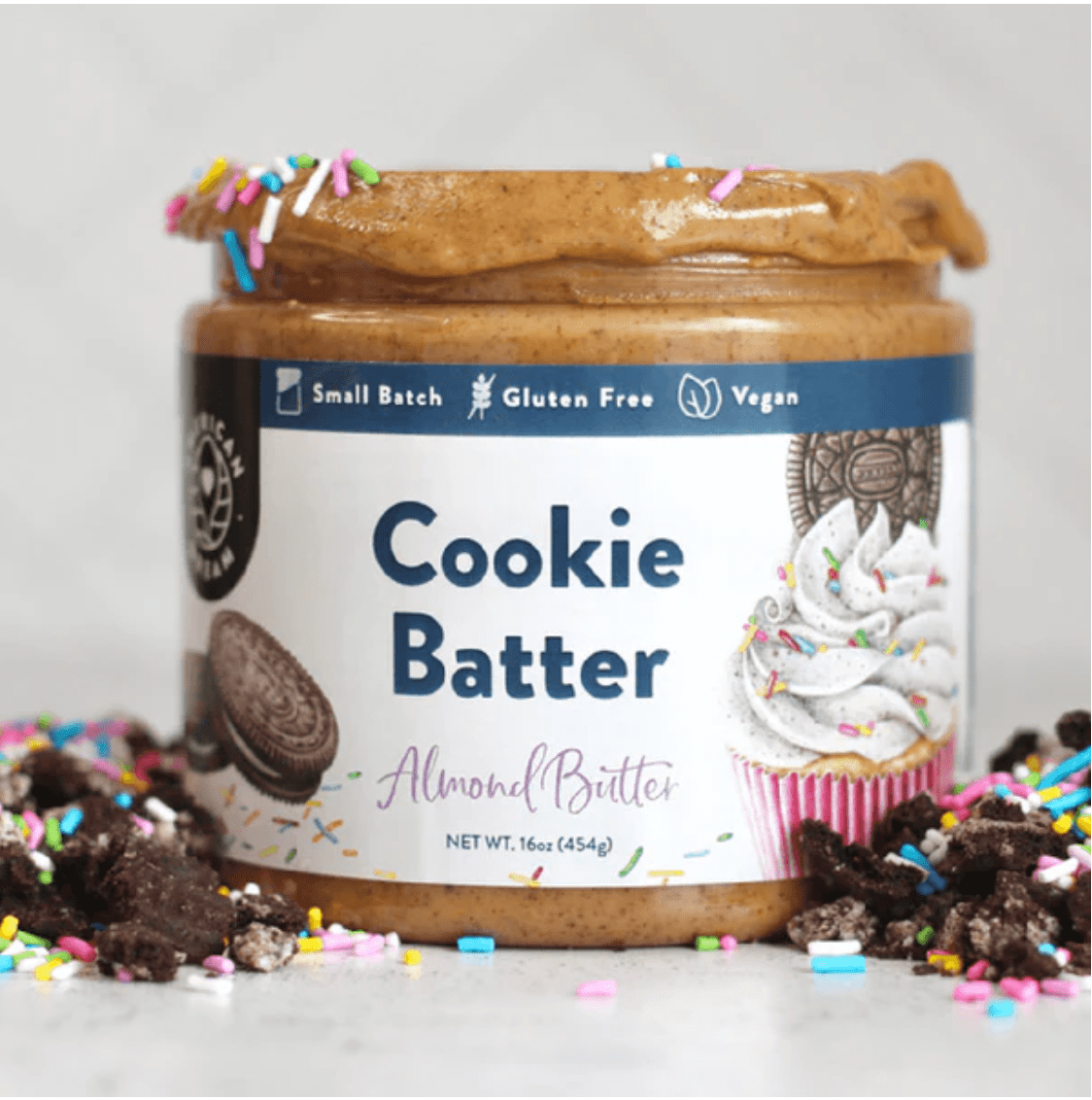Health
“Fitness training and nutrition go hand-in-hand,” says Dr. David C. Karli

Fitness training and nutrition go hand-in-hand. The more you work out to cut down the fat, the more you have to consume to carry on your daily activities. While this may be a casual thing for fitness freaks, if weight loss is your priority for fitness training, you need to take energy deficit. There are a lot of people who go to the gym and never get any results. If followed correctly, training and nutrition together can be the best things you can do for your health.
According to Dr. Karli, a renowned physiatrist in Vali, Colorado, the diet plan that centres around bodybuilding can be limited to healthy whole foods but meal plans are very regimented. Nutrition Plans require a lot of planning and the phases are sometimes difficult to follow.
An entrepreneur, physician, and biomedical thought leader, David C. Karli focuses on rehabilitation, restoration of function and a return to a high quality of life. Along with actively developing stem cell science, he has personally treated orthopaedic patients, including numerous elite-level and professional athletes. Dr. Karli’s Fitness and Nutrition Plans are preferred by several entrepreneurs, athletes, and bodybuilders. Within the biotech, sports medicine, fitness, age management, and wellness business sectors, Dr. Karli manages executive and consulting roles as well.
While in conversation with Dr. Karli, it has been noted that the meal plans for nutrition and weight training are almost similar to the normal, healthy athlete’s diet except for the fact that there needs to be some emphasis on quantity and meal-timing in various training processes.
How Nutrition Plans Work
If you’re interested in building muscles and losing fat with a proper diet, you need to eat more than what you currently eat and work out regularly. A proper diet plays a crucial role in the muscle-building process. While overeating may hamper your health if you’re already dealing with weight issues, it definitely helps you to bulk up that extra muscle and stabilize the low body fat. Here’s the process.
- Overeat. One needs to increase his/her daily calorie intake by 15%. Foods like dietary and protein supplements should have less fat content. See if your protein intake is matching the guidelines suggested by weight training experts
- Weight Training. Beginning your training session by targeting the main muscle groups. The extra calorie intake that you consume will be used here to fuel your muscle growth.
- Build and Lose. Following the muscle bulk up, it’s necessary to lose the fat while the muscles are intact. It is inevitable to stop gaining fat during the process but you must consume healthy and big.
Following this, you need to cut back 15% of the extra energy intake to show the muscle through. As your muscles have bulked up, you need to eventually eat to maintain them, though that comes later.
What to Eat
Be it your cutting or building phase, it is recommended that you do not exceed 1gm/pound of body weight of proteins. You may consume shakes advisory that you know the ideal ingestion capacity and its usability. Consuming sufficient carbohydrates helps you to sustain your activities. It is not fattening if the intake is modified by avoiding refined flour sugars. These foods get quickly absorbed in your body while not exercising intensely.
Choosing A Timeline
One needs to ensure if the body is ready for a diet. Being a calorie deficit for an extended period leads to stress and cutting may be difficult. A recovery phase is recommended before conducting weight loss. It helps to balance pressure and find homeostasis for the body. Steady and slow weight cuts are always preferable as a sustainable method of fat loss. Reducing weight downright may be harmful as you may have to cut 40-50% of the weight drastically and also, have to reduce water intake, which may be toxic and unhealthy.
“Our body is a remarkable machine,” says Dr. David C Karli. “It can extract what it needs by storing things for the future and eliminating the toxic.” Optimizing it to perform well is nutrition and hydration. Dr. Karli’s Nutrition Program is based on the transition of food choices that enhances your workouts, impacts your health, energy and focuses on your busy and productive lives.
Building and maintaining muscles is, of course, vital when considered being healthy. Although a relatively simple concept, the sciences involved in bodybuilding are complex. Restructuring our eating choices and a solid nutrition approach can support both health and appearance.
Health
Snack Smarter: The Rise of Low-Calorie Almond Butter for Active Lifestyles

The snack aisle is shifting. For those who balance a busy life with a commitment to health and fitness, the rise of low-calorie almond butter offers a new way to snack smarter. American Dream Nut Butter is at the center of this change, blending clean ingredients with dessert-inspired flavors and added protein to create almond butter that is both nutritious and enjoyable.
Why Almond Nut Butter Is Key to Clean Eating
As consumers become more mindful of their food choices, the spotlight is increasingly on nutrient-dense snacks that provide sustained energy without excess calories. Almond butter, especially in low-calorie varieties, meets this demand by offering a rich source of healthy fats, fiber, and protein in a compact form. Compared to traditional spreads, such as peanut butter, almond butter often provides a smoother, lighter alternative with a different nutritional profile.
For those who track macros or embrace meal prepping, almond nut butter fits neatly into their plans. Its balance of fats and protein supports satiety, helping to keep hunger at bay between meals or during workouts. American Dream Nut Butter elevates this concept with high-protein options that blend the wholesome qualities of almonds with a subtle sweetness inspired by classic desserts.
How Much Protein is in Low Calorie Almond Butter for High Performance?
One common question around almond butter is: how much protein does almond butter contain? While natural almond butter provides a moderate protein boost, American Dream Nut Butter takes it a step further by creating blends that enhance protein content without relying on artificial sweeteners or fillers. This approach suits those seeking fuel for recovery or sustained energy throughout their day.
These protein-enhanced almond butters can work as a pre-workout snack, a post-exercise treat, or simply as a midday pick-me-up that aligns with a health-conscious lifestyle. The brand’s small-batch production method ensures each jar maintains a fresh, creamy texture that spreads easily or drizzles beautifully over everything from oatmeal to fruit.
Buy Almond Butter: Unique Flavors from American Dream

American Dream Nut Butter distinguishes itself with unique flavor profiles, such as Cinnamon Toasties and Cookie Batter. These offerings embrace the idea that healthful snacks can still delight the palate, using clean, natural ingredients to create indulgent taste experiences without sugar bombs or artificial additives. Each batch is hand-whipped in-house, reflecting the brand’s commitment to quality and care.
Their dedication to natural flavors and nutrient density allows consumers to enjoy a dessert-inspired snack while keeping their wellness goals intact. Whether you’re looking to buy almond butter that tastes like a treat or are curious where you can find almond butter crafted with both nutrition and flavor in mind, American Dream Nut Butter offers an accessible option.
Almond Nut Butter: Fuel for Athletes and Busy Parents
Almond butter’s versatility makes it appealing for a wide range of active lifestyles. For athletes, it provides a balanced blend of nutrients that supports energy and recovery without unwanted additives. For busy parents or professionals juggling multiple demands, it’s a convenient, clean snack that fits into hectic schedules without compromise.
The brand’s YouTube channel offers video insight into how these nut butters are crafted, revealing the hands-on process that ensures quality in every jar. By choosing American Dream Nut Butter, consumers support a product that embodies family values and a personal story of overcoming dietary challenges to create wholesome alternatives that everyone can enjoy.
Where Can You Find the Best Almond Butter & More? The Future Is Here
The growing interest in low-calorie nut butter reflects a broader shift in how people approach snacking—valuing nutrition, flavor, and mindful eating in equal measure. American Dream Nut Butter’s approach, which combines protein-rich formulas with all-natural ingredients and enticing flavors, shows how almond butter, peanut butter, and cashew butter can evolve from a niche health food into a daily staple for those who want to snack smarter.
For more on the evolving nut butter market and how it aligns with fitness trends, check out this feature on the rise of healthy high-protein nut butter. To explore American Dream Nut Butter’s full collection and shop their almond butter selections, visit their website.
American Dream Nut Butter invites you to experience healthy nut butters that strikes a balance between enjoyment and mindful nutrition—perfect fuel for active days and wellness routines alike.
*Images sourced from American Dream Nut Butter
-

 Tech4 years ago
Tech4 years agoEffuel Reviews (2021) – Effuel ECO OBD2 Saves Fuel, and Reduce Gas Cost? Effuel Customer Reviews
-

 Tech6 years ago
Tech6 years agoBosch Power Tools India Launches ‘Cordless Matlab Bosch’ Campaign to Demonstrate the Power of Cordless
-

 Lifestyle6 years ago
Lifestyle6 years agoCatholic Cases App brings Church’s Moral Teachings to Androids and iPhones
-

 Lifestyle4 years ago
Lifestyle4 years agoEast Side Hype x Billionaire Boys Club. Hottest New Streetwear Releases in Utah.
-

 Tech7 years ago
Tech7 years agoCloud Buyers & Investors to Profit in the Future
-

 Lifestyle5 years ago
Lifestyle5 years agoThe Midas of Cosmetic Dermatology: Dr. Simon Ourian
-

 Health6 years ago
Health6 years agoCBDistillery Review: Is it a scam?
-

 Entertainment6 years ago
Entertainment6 years agoAvengers Endgame now Available on 123Movies for Download & Streaming for Free
